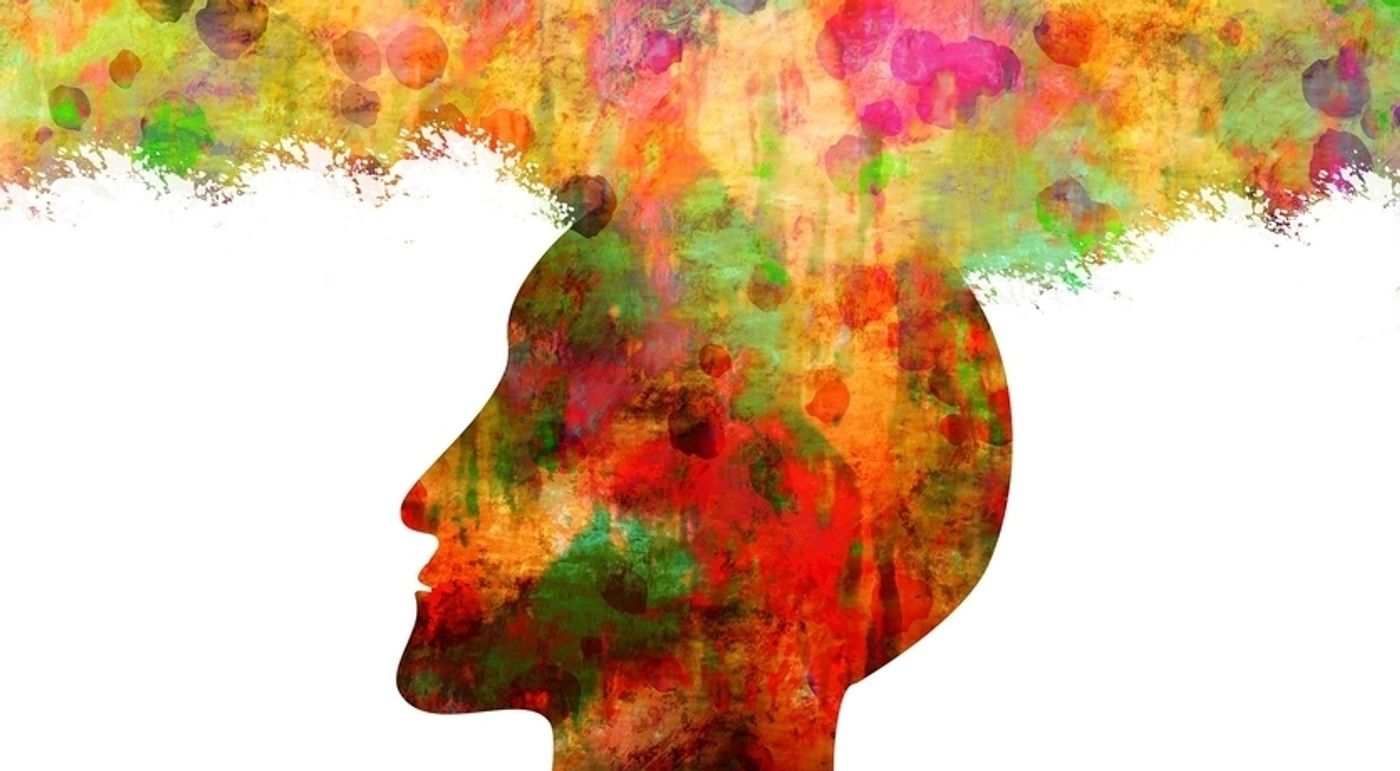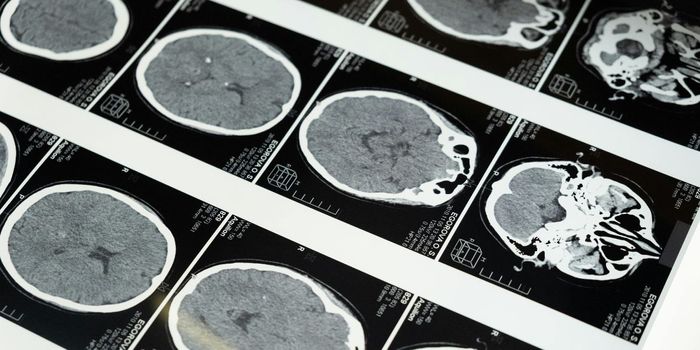Naturally produced psychoactive chemical DMT discovered in mammal brains
In recent years, celebrities and thrill-seekers, as well as those seeking treatment for post-traumatic stress disorder (PTSD), have traveled to South America to take part in ayahuasca retreats. During these gatherings, participants drink a psychedelic brew made primarily from a vine plant traditionally used by indigenous people for sacred religious ceremonies. Those who ingest ayahuasca experience short-term hallucinations that many describe as life-changing.
The active compound in ayahuasca is DMT, short for N, N-dimethyltryptamine. New studies suggest that mammals' brains not only respond to DMT but may also produce significant amounts of the molecule all on their own, meaning that DMT may be more important for normal cognition than previously thought.
In a recent paper published in Scientific Reports, a team led by Michigan Medicine discovered the widespread presence of DMT in the rodent brain.
"DMT is not just in plants, but also can be detected in mammals," says Jimo Borjigin, Ph.D., of the Department of Molecular and Integrative Physiology.
In 2013, using a method called microdialysis, Borjigin collected samples of molecules from a brain region called the pineal gland in rats that were analyzed for -- and confirmed -- the presence of DMT. In her new work, Borjigin argues that we do indeed produce enough DMT to be biologically relevant.
In the current paper, Borjigin and colleagues sought to figure out where DMT is synthesized. Jon Dean, lead author of the paper, used a technique called in-situ hybridization, which uses a labeled complementary strand of DNA to localize a specific RNA sequence in a tissue section.
"With this technique, we found brain neurons with the two enzymes required to make DMT," says Borjigin. And they were found beyond the pineal gland in other brain regions such as the neocortex and hippocampus. These regions are important for higher-order brain functions and learning and memory.
When injected with DMT, humans report feeling out-of-body sensations. Interestingly, Borjigin noted that he observed surges of DMT when rats experienced cardiac arrest. Although it's difficult to link human experiences of death to a spike in DMT in the brains of rats experiencing heart failure, Borjigin's work reveals that the brains of mammals have preexisting machinery to manufacture DMT on their own. The role of this molecule in normal brain function is still a mystery.
Learn about the neuroscience behind ayahuasca and how it affects the brain below:
Source: Inverse, ScienceDaily










